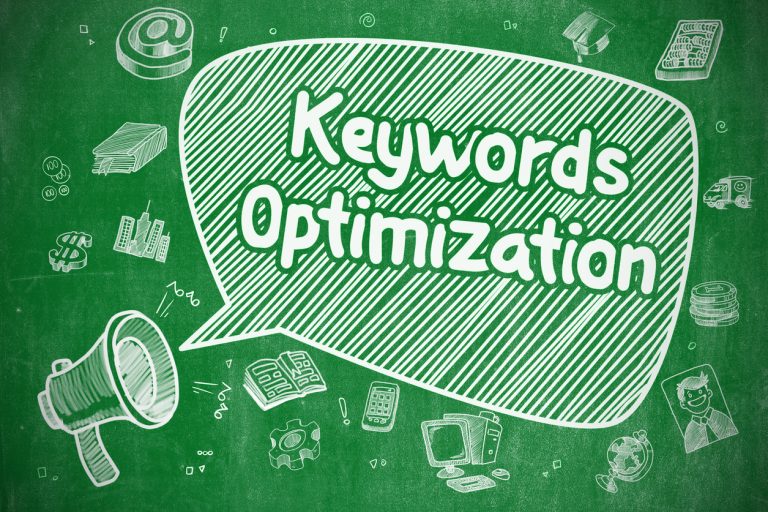3 SEO Tricks E-Commerce Sites Often Overlook
3 SEO TRICKS E-COMMERCE SITES OFTEN OVERLOOK
The world of e-commerce is highly competitive. Thousands of niche product sites vie for the clicks of shoppers across the world. In a space where so many competitors jostle for elbowroom at the same table, every edge your site can garner will go a long way.
Most site managers do their fair share of due diligence when it comes to site SEO (search engine optimization). They ensure that a base level of SEO tactics is applied to their e-commerce page. Yet with so much at stake, there are simple things site owners and managers can do to give their site the extra boost it needs to land at the top of the SERPs.
Optimizing e-commerce sites for SEO is different from blogs or company websites. The hundreds or thousands of product pages can create mayhem for SEO game plans. For e-commerce sites, the base level of search optimization doesn’t guarantee traffic. Below are a few strategies many sites often overlook that can give your web store an extra edge.
Ensure Proper Keyword Placement

The placement of your keywords always trumps the frequency. If you stuff too many keywords into your page, you risk being penalized by search engine algorithms. Turn your focus toward ensuring your keywords are in the right location instead.
Google places priority on the beginning of title tags, so this is where you’ll want your targeted keywords. Be sure to include the keyword in the meta description, as well. This will ensure that Google doesn’t choose random content from your page and use it as your description. It’s true that the meta description itself doesn’t affect your ranking, but it’s insanely important when it comes to click-through rates, so don’t neglect it.
URLs, headers, and subheaders rank second behind your page’s metadata. Be sure to include your keywords in these locations as it makes sense to do so. Also, place your keywords throughout the body of the content in a way that reads naturally.
Give Images Context with Alt Text
Many e-commerce sites miss the chance to capitalize on solid image alternative text, or alt text. Alt text is simply descriptive text applied to the images on your site. This text lets the Google web crawlers read your image and give context in relation to the content surrounding it.
Properly written alt text can give your site a leg up on the competition by taking advantage of the popularity of Google’s image search.
This is especially important for e-commerce sites considering the large number of photos included in a typical web store. It’s important that you take the time to add quality alt text to each of your product images. While this is a large undertaking, you’ll definitely see the benefit when you edge out your competition in the SERPs.
Keep in mind, your efforts may be in vain if you don’t include quality alt text. Solid alt text gives a detailed description of the image. Avoid simply stating what the item is; instead, include brand names, item numbers, and other specific descriptions. Most web page crawlers only read about 125 characters of alt text, so keep it short. Take advantage of the alt text by including your keywords but avoid stuffing. You simply want to concentrate on providing context to the picture and incorporate your keyword if logical.
Avoid Duplicate Content

You may have heard that content is king when it comes to building out solid SEO. This is definitely true, but the saying only tackles part of the issue. Original content is truly king. You can have all the content in the world on your site, but if duplicates exist elsewhere on the web, your ranking will suffer drastically.
While you won’t be penalized directly for duplicate content on your page, you will create issues for the search engines when they attempt to index your URL. Duplicate content makes it difficult for the search engine crawlers to determine which URL is most relevant for given keywords.
This can be pretty common for e-commerce sites with vendor-provided product descriptions. Vendor-distributed product descriptions are often copied and pasted onto individual e-commerce stores, creating a vast amount of duplicate content across the web. You should aim to create as many unique product descriptions as possible. This is a big undertaking when you consider many e-commerce sites have hundreds, if not thousands, of products. You may have far too many products to write unique descriptions for each one, and that’s OK. The idea is to avoid page after page without any unique content. Aim to rewrite the majority of your descriptions, and you’ll be off to a good start.
It’s true that e-commerce SEO presents a different set of challenges compared with traditional sites or blogs. The massive amount of moving parts and content can make optimizing your web store extremely difficult. It may be tempting to lay out a basic SEO strategy and consider it good enough, but by taking a few extra steps, you can leverage tactics that many site managers often overlook. If you put in the effort, you’ll see your hard work result in increased traffic.










